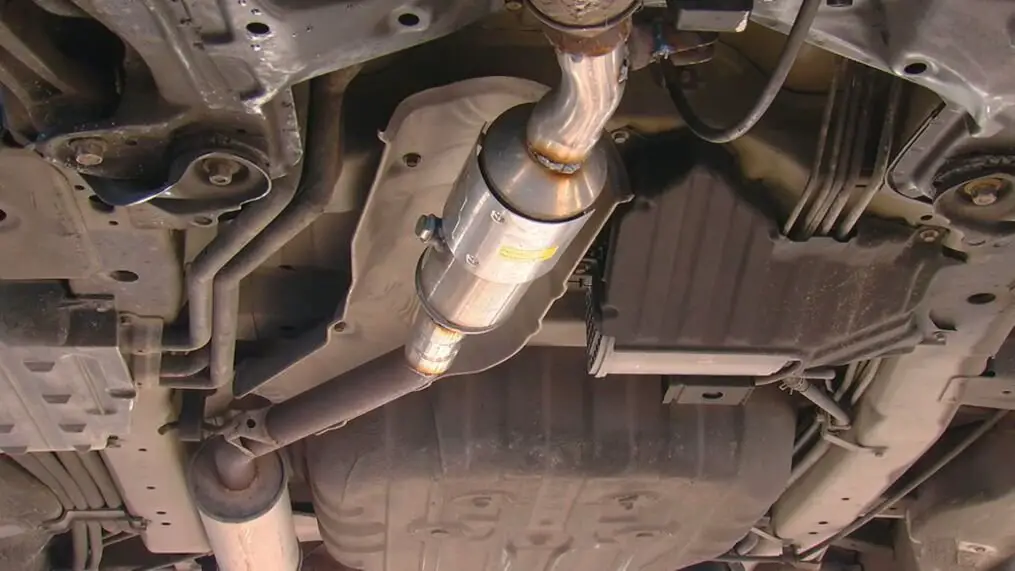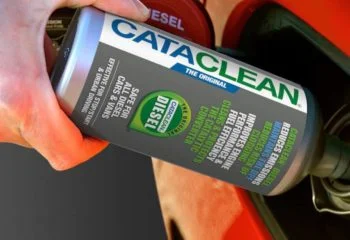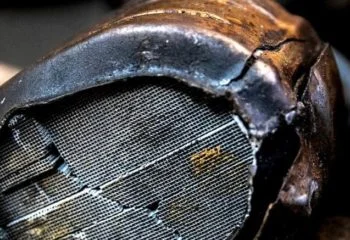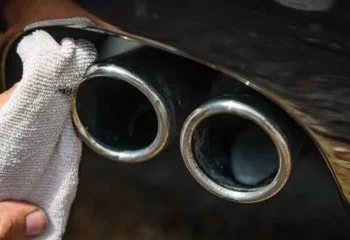Your car’s catalytic converter is responsible for reducing harmful emissions, but it can become clogged over time.
If your car is running sluggish, has reduced power, or is emitting an unusual noise, it may be time to unclog your catalytic converter.
Fortunately, this is a fairly easy process that can be completed in just a few steps. You can unclog your catalytic converter using a simple process that takes less than an hour.
In this post, we’ll guide you on how to unclog a catalytic converter by removing and not removing it.
What's in this post?
How to know when your converter needs to be cleaned?
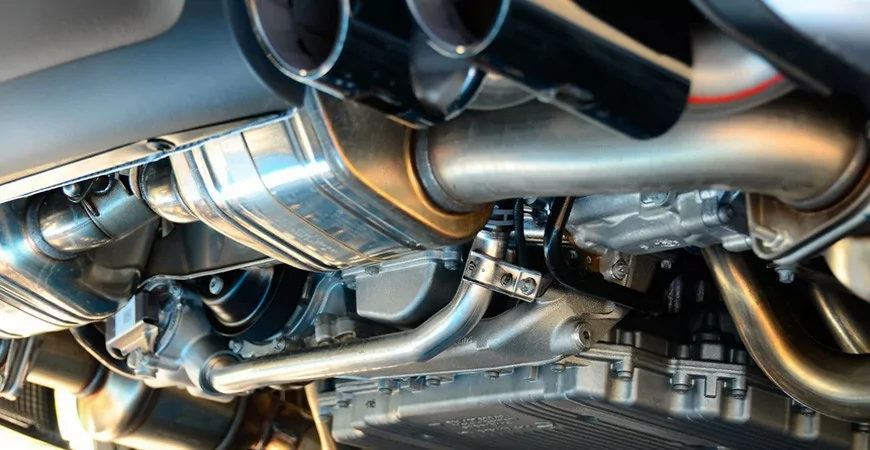
Here are some symptoms of a clogged catalytic converter. If you notice any of these, it’s a good idea to have your converter checked:
- Reduced fuel economy
- Check engine light is illuminated
- The engine is running hot
- Car is hesitating or stalling
- Exhaust smells strange
These are all signs that your catalytic converter might be partially or fully blocked.
If left untreated, a clogged converter can eventually lead to engine damage.
So it’s important to have it checked out as soon as possible. A trained mechanic will be able to diagnose the problem and recommend the best course of action.
How to unclog a catalytic converter
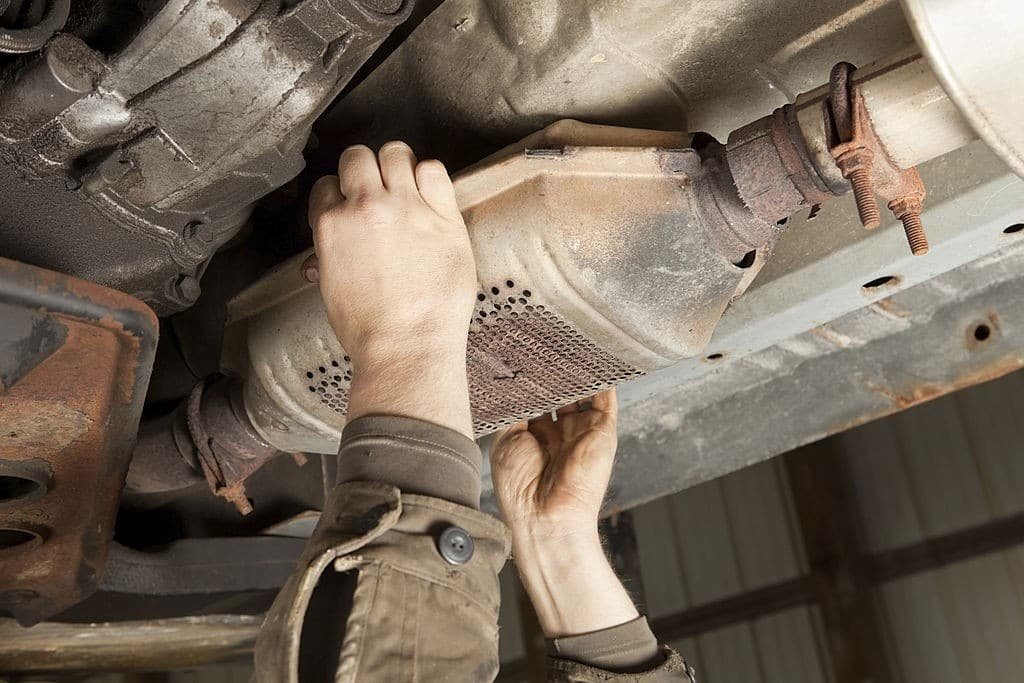
A clogged catalytic converter can be a serious problem for your car. Not only will it reduce fuel efficiency, but it can also cause the engine to run hot and eventually overheat.
A clogged catalytic converter can be a serious issue for your vehicle. Not only will it reduce your fuel economy, but it can also cause your engine to run hot or misfire.
If left unchecked, a clogged converter can eventually lead to engine damage. The good news is that you can often unclog a converter by removing it and cleaning it out.
The process is relatively simple, but it does require some basic mechanical skills. Here’s a step-by-step guide to removing and cleaning your catalytic converter:
1. Start by disconnecting the negative battery terminal to prevent any accidental sparks.
2. Next, locate the converter under the vehicle. It is usually located near the muffler or exhaust pipe.
3. Once you have located the converter, use a wrench to loosen and remove the bolts that attach it to the exhaust system.
4. With the converter disengaged from the exhaust system, you can now clean it out. Use a brush or compressed air to remove any debris or buildup that is inside the converter.
5. Once the converter is clean, simply reverse the process to reinstall it. Be sure to tighten the bolts securely so that it doesn’t come loose
Unclogging a catalytic converter without removing it step by step
Unclogging a catalytic converter without removing it can save you time and money. The process is fairly simple and can be completed in a few steps.
1. Drive the car for about 20-30 minutes to heat up the converter.
2. Park the car on a level surface and let it cool down for about 30 minutes.
3. Make sure you have 1/3 fuel in the tank so there’s no danger of fuel spillage.
4. Pour the converter cleaner into the fuel tank. Read the instruction on the converter cleaner canister on how much to use.
5. Start the engine and drive for about 15 minutes to allow the cleaner to reach the converter. If you get a fault code on OBDII, ride for about 15 minutes to reset the code. If the light comes back on, take the car to a mechanic as there might be another problem.
6. Turn off the engine and let the car sit for 30 minutes to an hour.
7. Start the engine and drive normally.
Unclog catalytic converter with hammer
One way to unclog a catalytic converter is to gently use a rubber hammer to tap it.
This can help break up any build-up that is causing the blockage. While you may be tempted to use a metal hammer, doing so could damage the converter.
Be sure to use a soft, gentle tapping motion when using the rubber hammer. You may need to do this several times before the build-up soot begins to break up.
If you’re still having trouble, you can try using 2 methods above to unclog your catalytic converter.
How often should you clean the catalytic converter
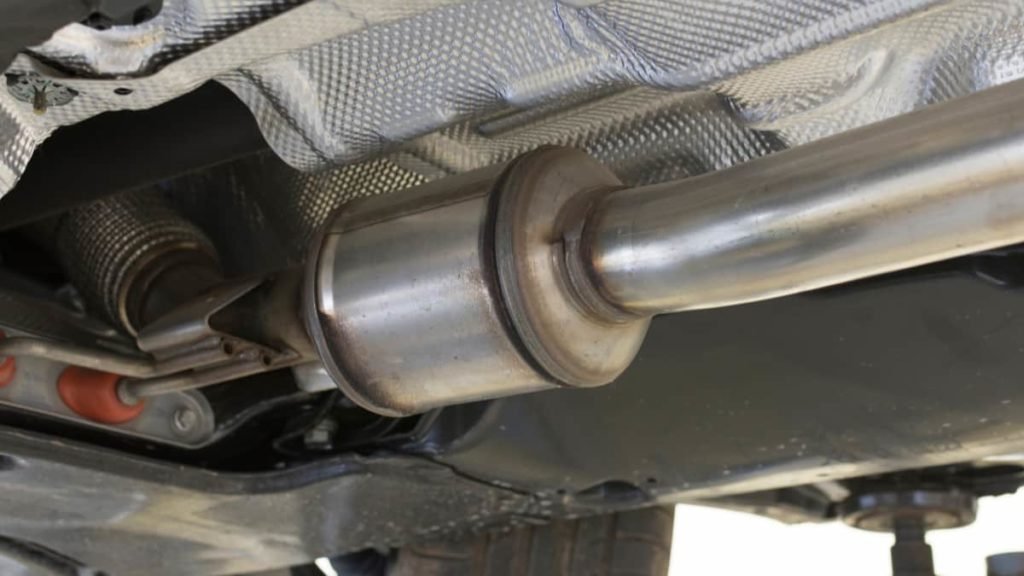
The frequency of cleaning will depend on how often you drive and the type of fuel you use.
If you frequently drive in stop-and-go traffic or short distances, your converter may need to be cleaned more often.
It’s also a good idea to use premium gasoline, as it can help prevent build-up in the converter.
In general, it’s a good idea to have your catalytic converter cleaned every 30,000 miles or so.
This can help prevent potential problems down the road and keep your car running smoothly.
How much does it cost to clean out a catalytic converter?
A catalytic converter is an essential part of a car’s exhaust system, responsible for reducing harmful emissions. As such, it is important to keep it clean and functioning properly.
Catalytic converter cleaning typically costs between $50 and $150, depending on the make and model of the vehicle.
The job can usually be done in about an hour, making it a relatively quick and easy process. If you do it yourself, it only cost the price of the converter cleaner.
When to replace the catalytic converter
In most cases, a catalytic converter will last the lifetime of a vehicle. However, there are some circumstances where it may need to be replaced prematurely.
If your car is constantly idling or running at low speeds, this can cause the converter to overheat and break down.
Another common problem is if the engine is misfiring, as this can damage the converter. If your check engine light is on, it’s a good idea to take your car in for a diagnostic test to see if the converter is the issue.
In general, though, a catalytic converter should last around 10 years or 150,000 miles.
Useful read: How Much Platinum, Palladium, Rhodium in Catalytic Converters
FAQs about How To Unclog a Catalytic Converter
How can I temporarily fix my catalytic converter?
There are a few ways to temporarily fix a catalytic converter.
One is to use a product like Cataclean, which is designed to clean the converter and help it run more efficiently.
Another option is to use a heavy-duty sealant to seal any leaks in the converter. However, these fixes are only temporary and will not last forever.
Eventually, the converter will need to be replaced. For best results, it is advisable to consult with a mechanic or car specialist before attempting any repairs. If you’ve problems after using Cataclean, check this post for some solutions.
Does premium gas clean catalytic converter?
There is a common misconception that premium gas is cleaner than regular gas and will therefore help to clean the catalytic converter. However, this is not the case.
The catalytic converter is an emissions control device that helps to reduce pollutants in exhaust gases. It does this by catalyzing a chemical reaction that breaks down harmful substances like carbon monoxide and hydrocarbons.
While premium gas may contain more octane, which can improve engine performance, it will not have any effect on the catalytic converter itself.
In fact, using premium gas in a car that doesn’t require it can actually be detrimental to engine health. As such, it’s important to consult your owner’s manual to determine what type of fuel is best for your vehicle.
Should you replace O2 sensors when you replace the catalytic converter?
Many people assume that if they are replacing their catalytic converter, they should also replace their oxygen sensors.
While it is true that oxygen sensors play an important role in the function of a catalytic converter, they are not necessarily always in need of replacement when the converter is being replaced.
One way to determine whether or not your oxygen sensors need to be replaced is to have your mechanic run a diagnostic test.
This test will check the sensor’s output and compare it to the ideal reading. If the sensor is not functioning properly, then it will need to be replaced.
However, if the sensor is functioning within normal parameters, then it likely does not need to be replaced. Therefore, it is important to consult with a professional before making any decisions about replacing parts in your vehicle.
Why is my catalytic converter getting red hot?
A catalytic converter is a critical component of a car’s engine, and it can get very hot during operation. There are several reasons why this may happen.
One possibility is that the engine is running too lean, meaning that there is not enough fuel mixin with the air. This can cause the air-fuel mixture to ignite prematurely, resulting in higher temperatures in the catalytic converter.
Another possibility is that the spark plugs are misfiring, causing unburned fuel to build up in the converter. This can also lead to higher temperatures and potentially damage the converter.
If you notice that your catalytic converter is getting red hot, it’s important to have it diagnosed by a professional as soon as possible to avoid potential engine damage.
What is the cheapest way to replace a catalytic converter?
There are a few different things that you can do to get the best price on a new converter. First, check with your insurance company to see if they cover the cost of replacement. If they do, then you may only have to pay the deductible.
Next, see if there are any coupons or discounts available from auto parts stores or online retailers. Finally, compare prices between different companies to get the best deal.
Will burning oil clog a catalytic converter?
Burning oil will not clog a catalytic converter. The converter’s function is to convert harmful emissions into less harmful emissions. In order to do this effectively, the catalytic converter needs a constant supply of fresh air.
Oil smoke contains carbon deposits that can eventually build up on the converter’s surface and reduce its efficiency.
However, these deposits can be removed with a simple cleaning procedure. As long as the converter is kept clean, it will continue to function properly, regardless of the type of oil that is being burned.
Can a clogged exhaust cause oil consumption?
Yes, a clogged exhaust can certainly cause oil consumption. The main reason for this is that the engine needs to work harder when the exhaust is restricted.
This higher level of engine activity will cause more oil to be burned than normal, leading to a decrease in oil levels. In addition, a clogged exhaust can also lead to increased engine temperatures.
This can cause the engine to “cook” the oil, causing it to break down and lose its effectiveness.
As a result, it is important to keep your exhaust system clear and free of any obstruction. Doing so will help to prevent oil consumption and keep your engine running at its best.
How do I know if my catalytic converter needs to be replaced?
There are a few signs that your catalytic converter may need to be replaced, including a sudden drop in fuel efficiency, a loss of power when acceleration, and an increase in engine temperature.
If you notice any of these signs, it’s important to take your car to a mechanic as soon as possible to have it checked out.
Why is my catalytic converter full of oil?
There are a few reasons this could be happening, but the most likely cause is that your engine is burning oil. This can happen for a number of reasons, such as worn piston rings or valves, excessive carbon build-up, or a variety of other issues.
If you’re noticing blue smoke coming from your tailpipe, it’s a good indication that your engine is burning oil. In addition to causing your catalytic converter to fill up with oil, engine oil burning can also lead to decreased fuel efficiency and increased emissions.
If you think your engine might be burning oil, it’s important to have it checked out by a qualified mechanic as soon as possible. Ignoring the problem can lead to significant damage to your engine, so don’t delay in getting it fixed.
Final words
If you have a clogged catalytic converter, it is important to take care of the problem as soon as possible. Not only will your car not run properly, but you may also be putting yourself and others at risk by driving around with a clogged converter.
So how to unclog a catalytic converter? The best way to unclog a catalytic converter is by using a catalytic converter cleaner designed for this specific purpose. Follow the instructions on the bottle carefully, and allow enough time for the product to work before trying to start your car again.
If you are uncomfortable or unable to do this yourself, take your car to a professional mechanic and ask them to clear out the converter for you.

